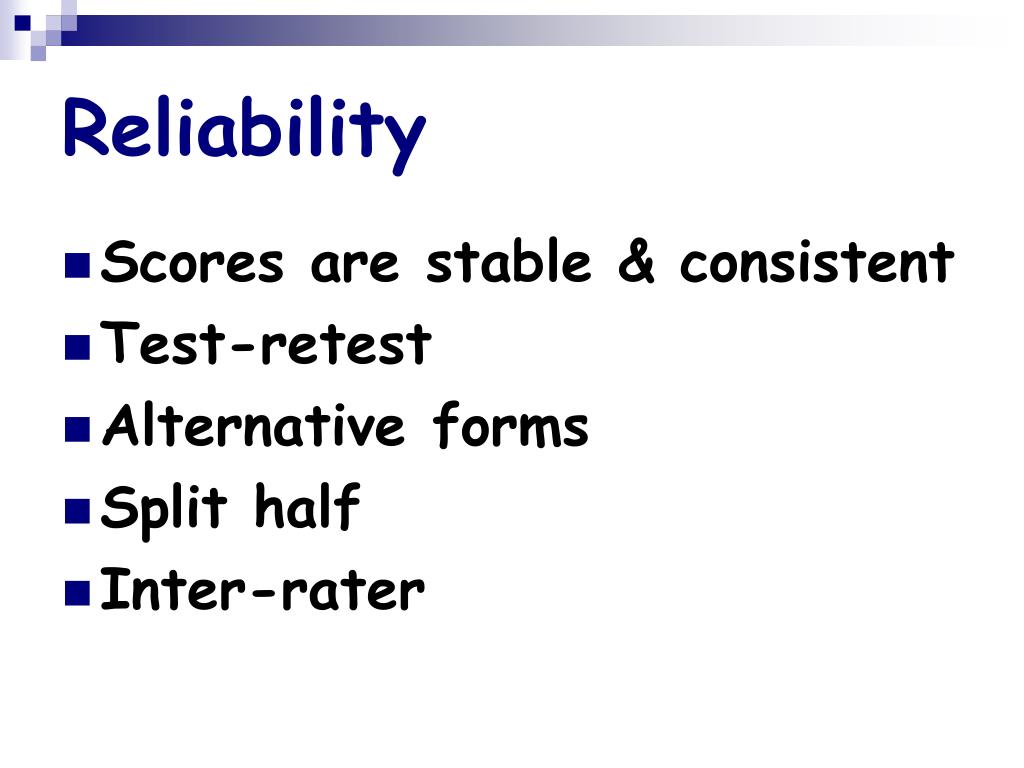

Criterion-related validity indicates the extent to which the instrument’s scores correlate with an external criterion (i.e., usually another measurement from a different instrument) either at present ( concurrent validity) or in the future ( predictive validity).Common methods to assess construct validity include, but are not limited to, factor analysis, correlation tests, and item response theory models (including Rasch model). Construct validity indicates the extent to which a measurement method accurately represents a construct (e.g., a latent variable or phenomena that can’t be measured directly, such as a person’s attitude or belief) and produces an observation, distinct from that which is produced by a measure of another construct.Subject matter expert review is often a good first step in instrument development to assess content validity, in relation to the area or field you are studying. Content validity indicates the extent to which items adequately measure or represent the content of the property or trait that the researcher wishes to measure.Three common types of validity for researchers and evaluators to consider are content, construct, and criterion validities. Validity refers to the degree to which an instrument accurately measures what it intends to measure. Attention to these considerations helps to insure the quality of your measurement and of the data collected for your study. Validity and reliability are two important factors to consider when developing and testing any instrument (e.g., content assessment test, questionnaire) for use in a study.

How to Determine the Validity and Reliability of an Instrument


 0 kommentar(er)
0 kommentar(er)
